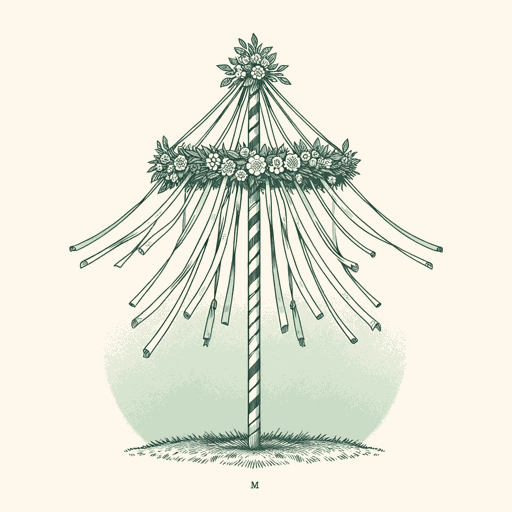55 pages • 1 hour read
Nathaniel HawthorneThe House of the Seven Gables
Fiction | Novel | Adult | Published in 1851A modern alternative to SparkNotes and CliffsNotes, SuperSummary offers high-quality Study Guides with detailed chapter summaries and analysis of major themes, characters, and more.
Background
Authorial Context: Nathaniel Hawthorne and Puritanism
Nathaniel Hawthorne was born in 1804 in Salem, Massachusetts. His great-great-great grandfather, William Hathorne, was a Puritan and an integral member of the Massachusetts Bay Colony. His great-great grandfather, John Hathorne, was a judge in the Salem Witch trials. This familial association with the Salem trials and executions may be why Hawthorne added the “w” to his last name upon becoming an adult, and Hawthorne’s relation to this ancestry was something that he contended with throughout his life.
Hawthorne continually, almost obsessively, touches on the Puritan past of New England in his writing, most famously in The Scarlet Letter, a novel about a woman forced to wear the scarlet letter “A” on her chest to signify her act of adultery. In The House of the Seven Gables Hawthorne again integrates Puritan history into his narrative, though this novel is set during his contemporary moment. In The House of the Seven Gables, Puritanism is not associated with misogyny and sexual repression as much as it is with greed. The desire for valuable land drives the Puritan patriarch of the family, Colonel Pyncheon, to insist on the execution of Matthew Maule, who owns the land that Pyncheon desires.
Related Titles
By Nathaniel Hawthorne

Dr. Heidegger's Experiment
Nathaniel Hawthorne

Ethan Brand
Nathaniel Hawthorne

My Kinsman Major Molineux
Nathaniel Hawthorne

Rappaccini's Daughter
Nathaniel Hawthorne

The Ambitious Guest
Nathaniel Hawthorne

The Artist of the Beautiful
Nathaniel Hawthorne

The Birthmark
Nathaniel Hawthorne

The Blithedale Romance
Nathaniel Hawthorne

The Hollow of the Three Hills
Nathaniel Hawthorne

The Marble Faun
Nathaniel Hawthorne

The Maypole Of Merry Mount
Nathaniel Hawthorne

The Minister's Black Veil
Nathaniel Hawthorne

The Scarlet Letter
Nathaniel Hawthorne

The Wives of the Dead
Nathaniel Hawthorne

Young Goodman Brown
Nathaniel Hawthorne

